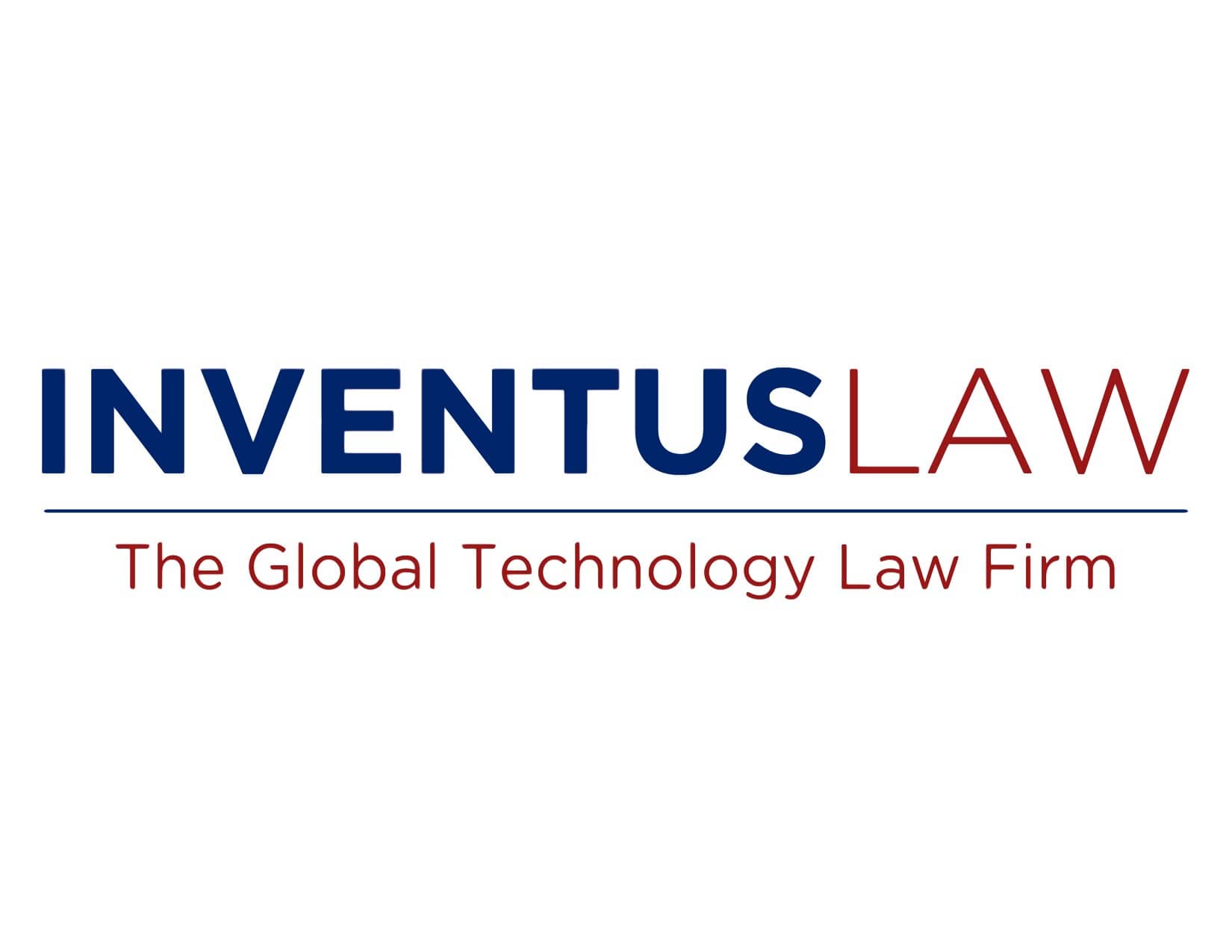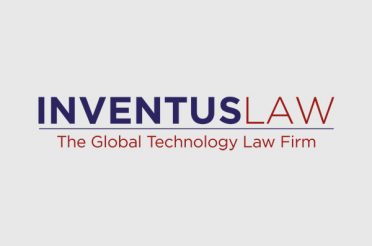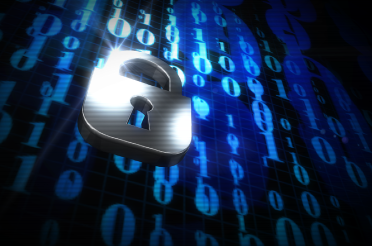355 Bryant Street, Suite 403 | San Francisco, CA 94107 | Phone: 650.843.0988 |
Title: Introduction to the Deemed Exports Rule and BIS
I. Export Controls and BIS
The Bureau of Industry and Security (“BIS”) advances U.S. national security, foreign policy, and economic objectives by ensuring an effective export control and treaty compliance system, and by promoting continued U.S. leadership in strategic technologies[1]. BIS operates under the purview of the United States Department of Commerce (“DOC”), and it is responsible for maintaining the export control and international treaty regimes.
Generally, any item (commodities, software or technology, technical information, blue prints, design plans, circuit boards, etc.), subject to the Export Administration Regulations (“EAR”) that is shipped or transmitted from the United States to a foreign destination is an export[2][3]. The EAR is a codified list of items, under the Commerce Control list (“CCL”). The CCL categorizes these covered items into 10 broad categories[4]:
- Nuclear Materials, Facilities and Equipment, and Miscellaneous
- Materials, Chemicals, Microorganisms, and Toxins
- Materials Processing
- Electronics
- Computers
- Telecommunications and Information Security
- Lasers and Sensors
- Navigation and Avionics
- Marine
- Propulsion Systems, Space Vehicles, and Related Equipment
In addition, (critical) technology, know how, and non-encryption source code that is released to foreign national within the U.S. is “deemed” to be an export to the country where such person is a resident or citizen and could be subject to licensing requirements. This is what is commonly known as the “deemed export” rule. Due to national security concerns, BIS may classify the deemed export as requiring an export license[5]. The requirement of a deemed export license depends on the relatedness of the technology to critical US technology, defense articles and the United States’ relationship with the country in which the foreign national is associated [6]. License requirements can be found in the Export Administration Regulations (“EAR”).
II. Deemed Export Rule
BIS defines a deemed export as “Any release of technology or source code subject to the EAR to a foreign national (Part 734.2(b)(2)(ii). This does not apply to permanent residents or protected individuals[7].” Technology is “released” for export when it is available to foreign nationals for visual inspection (such as reading technical specifications, plans, blueprints, etc.), when technology is exchanged orally, or when technology is made available by practice or application under the guidance of persons with knowledge of the technology[8].
Any foreign national is subject to the “deemed export” rule except a foreign national who (1) is granted permanent residence, as demonstrated by the issuance of a permanent resident visa (i.e., Green Card), or (2) is granted U.S. citizenship or (3) is granted status as a “protected person” under 8 U.S.C. § 1324b(a)(3)[9]. As noted, one exception to this general statement is a “protected person.” “Protected persons” include political refugees and political asylum holders.
Since June 17, 2020, BIS has added certain “emerging” technologies to the Commerce Control List (“CCL”), including most recently[10]:
- Hybrid additive manufacturing (“AM”)/computer numerically controlled (“CNC”) tools
- Certain computational lithography software designed for the fabrication of extreme ultraviolet masks (“EUV”)
- Technology for finishing wafers for 5nm production
- Forensics tools that circumvent authentication or authorization controls on a computer or communications device and extract raw data
- Software for monitoring and analysis of communications and metadata acquired from a telecommunications service provider via a handover interface
- Suborbital aircraft
- Encryption Software
- Machine learning/AI Technology
Additionally, BIS discontinued preferential treatment to Hong Kong f or licensing determinations (exports to Hong Kong are now considered exports to China for licensing determination purposes). Finally, in March of 2021, BIS amended the EAR to add Myanmar/Burma to a more restrictive list of countries for licensing determinations.
III. Exclusions to the Deemed Export Rule
A. Fundamental Research Exclusion (“FRE”)
Fundamental Research in the context of export controls means “basic and applied research in science and engineering, the results of which ordinarily are published and shared broadly within the scientific community”, as distinguished from proprietary research and from industrial development, design, production, and product utilization, the results of which ordinarily are restricted for proprietary or national security reasons.[11]” According to BIS, the results of this research is not subject to export controls, thus permitting foreign academics to participate in research projects involving export-controlled information in the U.S. without the need for a license.
It is important to note that this exclusion applies only to the dissemination of research data and information, not to the transmissions of material goods[12]. It is not considered fundamental research when there are restrictions placed on the outcome of the research or restrictions on methods used during the research[13]. Proprietary research, industrial development, design, production, and product utilization the results of which are restricted and government funded research that specifically restricts the outcome for national security reasons are not considered fundamental research[14].
B. Educational Research Exclusion
BIS also excludes deemed exports from a license requirement if there is a release of information in catalog courses and associated teaching laboratories of academic institutions[15].
C. Published Information Exclusion
Under the EAR, publicly available technology and non-encryption software, such as information that is the subject of an open patent application, published in a book or periodical, released at an open conference anywhere, available on a website accessible by the public with no access controls or information that will be published is not subject to the EAR regulations[16].
II. Conclusion
When evaluating their legal obligations with respect to export controls, it is imperative that organizations complete a thorough analysis of the applicable technology, and who retains access to this technology. It is also recommended that unless and until a required license is issued, companies must prevent access to the controlled technology or technical data by the foreign national employee[17]. With an increasingly global approach to the hiring of foreign employees, it is critical that individuals consider whether the deemed export rules apply.
If you have any questions about this memo, please contact Christopher L. Rasmussen, Managing Partner, Inventus Law, PC., at chris@inventuslaw.com or 408-482-3216, or Linnea Vail, Commercial Associate, Inventus Law, PC., at linnea@inventuslaw.com or 650-338-9391.
Disclaimer: This Memo is being provided for information purposes only and is drafted entirely on the basis of public resources. Information contained on or made available herein is not intended to and does not constitute legal advice, recommendations, mediation, or counseling under any circumstance. This information and your use thereof do not create an attorney-client relationship. You should not act or rely on any information provided herein without seeking the advice of a competent advocate licensed to practice in your jurisdiction for your particular business.
[1] See https://www.commerce.gov/bureaus-and-offices/bis
[2] See https://www.hsph.harvard.edu/export-controls/deemed-exports/
[3] Services, including software as a service, are normally not considered subject to the export control rules.
[4] See https://research.mit.edu/integrity-and-compliance/export-control/information-documents/export-control-regulations/export
[5] See https://www.law.cornell.edu/wex/deemed_export_license
[6] See https://www.law.cornell.edu/wex/deemed_export_license
[7] See https://www.bis.doc.gov/index.php/getting-started-with-snap-r/14-policy-guidance/deemed-exports
[8] See https://www.jdsupra.com/legalnews/deemed-exports-and-hiring-of-foreign-7456902/, citing 15 CFR 734.2(b)(3).
[9] See https://www.jdsupra.com/legalnews/deemed-exports-and-hiring-of-foreign-7456902/
[10] See https://www.jdsupra.com/legalnews/deemed-exports-and-hiring-of-foreign-7456902/
[11] See https://www.hsph.harvard.edu/export-controls/fundamental-research/#fre
[12] See https://www.hsph.harvard.edu/export-controls/fundamental-research/#fre
[13] See https://www.bis.doc.gov/index.php/getting-started-with-snap-r/14-policy-guidance/deemed-exports
[14] See https://www.bis.doc.gov/index.php/getting-started-with-snap-r/14-policy-guidance/deemed-exports
[15] See https://www.hsph.harvard.edu/export-controls/fundamental-research/#fre
[16] See https://www.hsph.harvard.edu/export-controls/fundamental-research/#fre
[17] See https://www.jdsupra.com/legalnews/deemed-exports-and-hiring-of-foreign-7456902/






